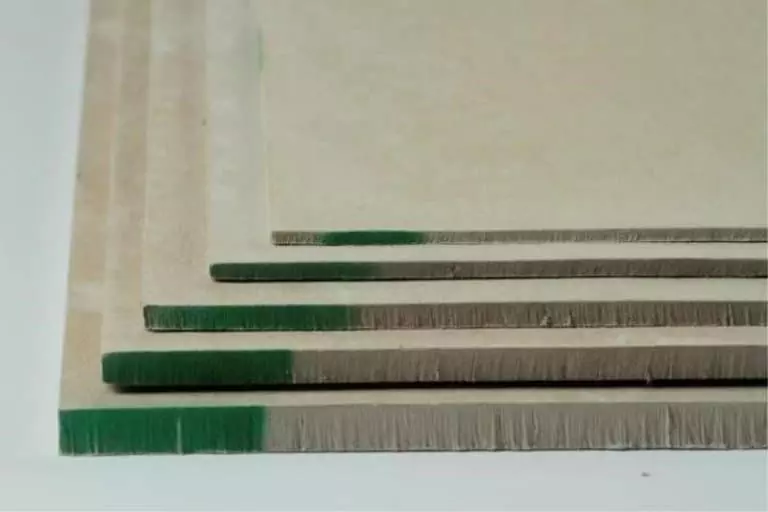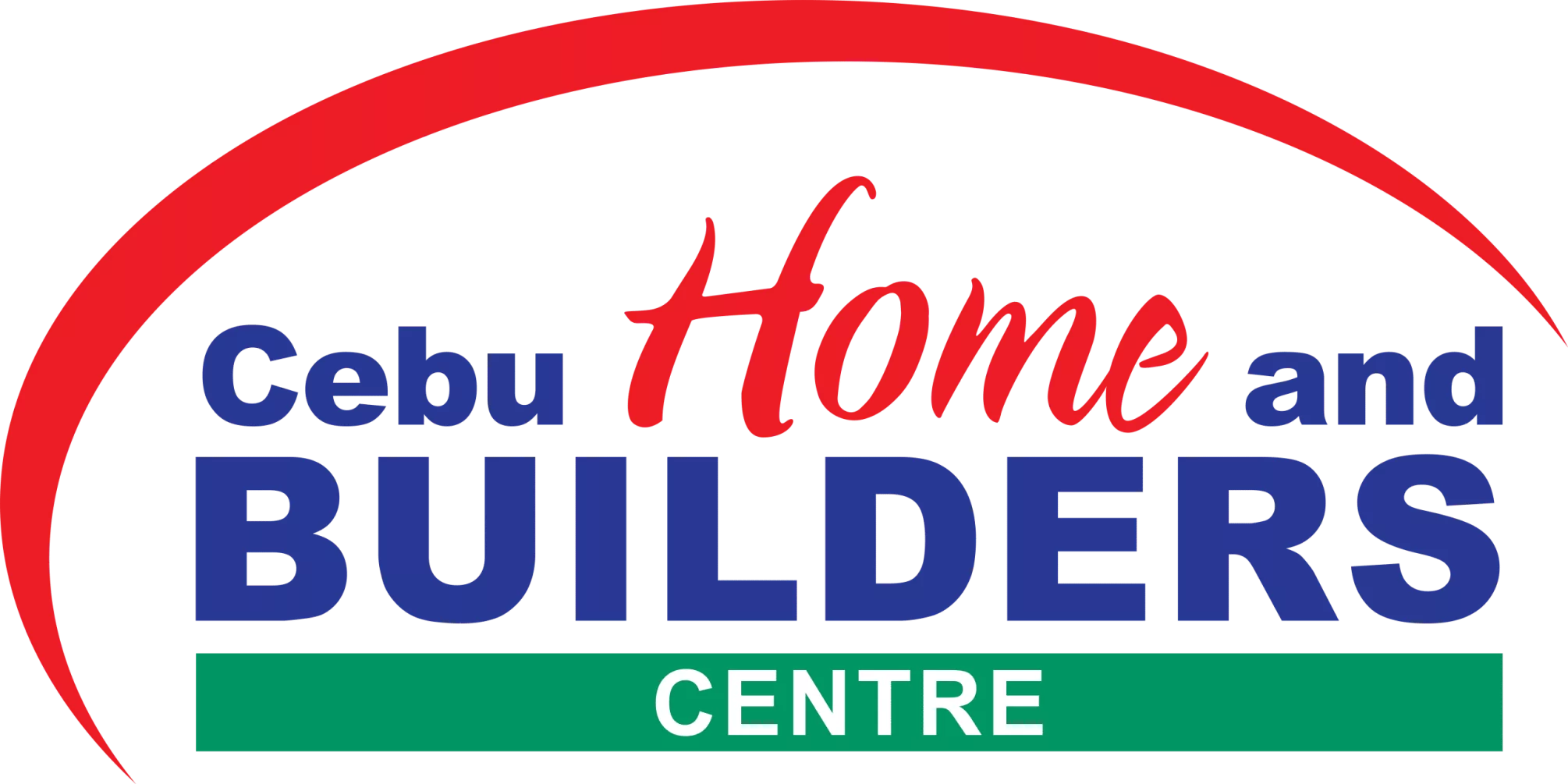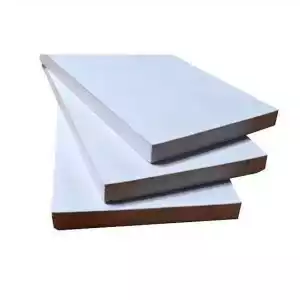3

Hardieflex vs. Gypsum Boards: A Comparative Analysis
Understanding Hardieflex and Gypsum Boards
Hardieflex and gypsum boards are popular options for interior wall cladding in Cebu. Both offer unique advantages and disadvantages, making it essential to compare them before deciding.
Hardieflex is a fiber cement board known for its durability, flexibility, and water resistance. It’s often used for roofing, siding, wall cladding, and partitions.
Gypsum boards are a common building material made from gypsum plaster and cardboard. They offer a smooth surface and are easy to work with, but may require additional moisture protection.
Key Differences
Feature | Hardieflex | Gypsum Boards |
|---|---|---|
Durability | Highly durable and resistant to impact | Less durable and may be susceptible to damage |
Moisture Resistance | Excellent moisture resistance | May require additional moisture protection in humid environments |
Fire Resistance | Offers good fire resistance | Generally fire-resistant but may require additional fireproofing |
Aesthetics | Modern and versatile appearance | Smooth and clean appearance |
Installation | Requires specialized tools and techniques | Easier to install and work with |
Cost (estimated based on cebuhomebuilders.com) | ₱500 – ₱2,000 per board (depending on size and thickness) | ₱400 – ₱1200 per board (standard size) |
Choosing the Right Material
The best choice between Hardieflex and gypsum boards depends on several factors:
- Budget: Consider your overall project budget and material costs. Hardieflex is generally more expensive than gypsum boards.
- Moisture Levels: Evaluate the moisture levels in your home or building. Hardieflex is better suited for humid environments.
- Fire Safety: If fire safety is a major concern, Hardieflex’s fire resistance may be a significant advantage.
- Aesthetics: Consider the desired aesthetic for your interior. Both materials can achieve a variety of looks, but Hardieflex offers a more modern and industrial feel.
- Installation Ease: Gypsum boards are generally easier to install, but Hardieflex may be more suitable for complex projects with skilled labor available.
Applications
Both Hardieflex and gypsum boards find extensive applications in construction, including:
- Interior wall cladding
- Partitions
- Ceilings
- Drywall construction
By understanding the strengths and weaknesses of Hardieflex and gypsum boards, you can make an informed decision that ensures the durability, aesthetics, and functionality of your interior.
Remember to consult with a construction professional to get expert advice tailored to your specific project. They can also provide you with accurate pricing based on your specific needs and the current market rates.


